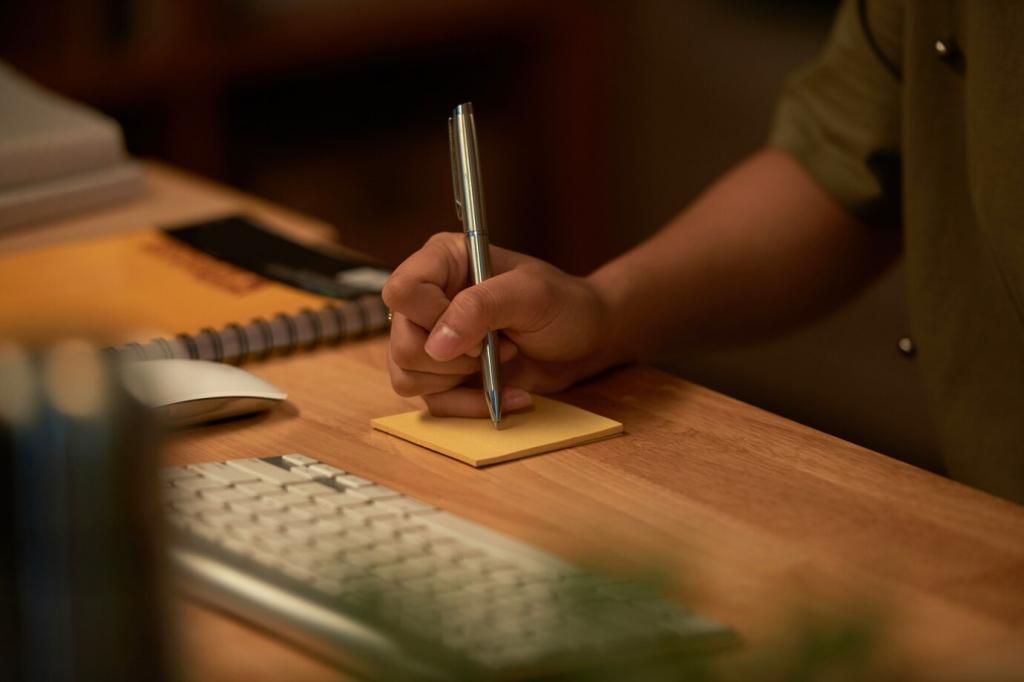Person-Centered Assessment and Goals
Document current mobility, cognition, pain, sleep, mood, diet, and social supports. Add a short paragraph about personality and routines. When my neighbor Alma wrote that morning music eased agitation, every helper started the day with her favorite song—and the tone of care shifted beautifully.
Person-Centered Assessment and Goals
Set specific, measurable, achievable, relevant, and time-bound goals. Example: walk safely to the mailbox four days a week within eight weeks. Tie each goal to steps in your guide. Share one goal in the comments, and we’ll suggest a structure to track progress compassionately.





